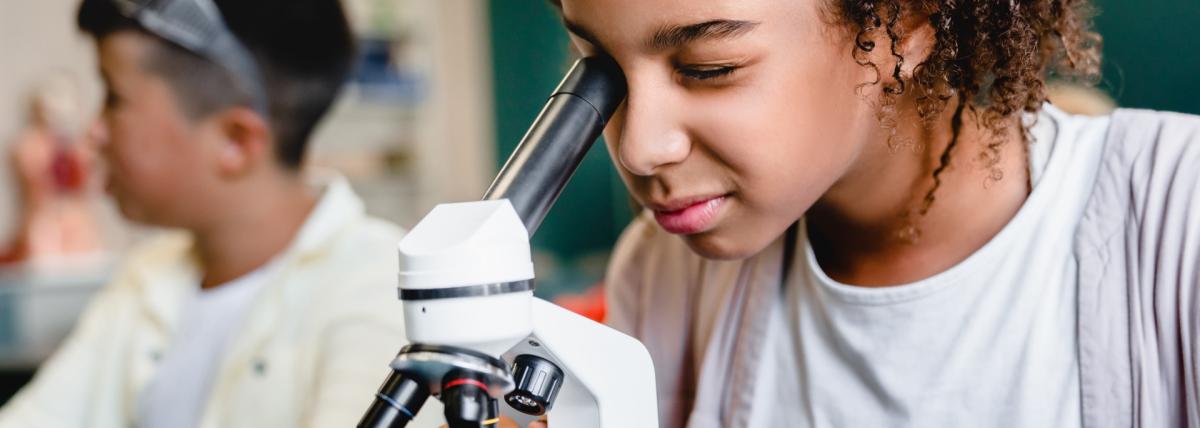
This lesson is modeled after STEMAzing's lesson, "Picture Perfect Rover Cell Phone Holder”. Students will build a cell phone holder for their Edison Bot, plan a drive for the Bot to collect photos or

This lesson is modeled after STEMAzing's lesson, "Picture Perfect Rover Cell Phone Holder”. Students will build a cell phone holder for their Edison Bot, plan a drive for the Bot to collect photos or

In this hands-on lesson, students will explore a solar panel kit. They will measure all aspects of the kit and create a scale drawing, using proportions.

Discover the power of hydraulics and pneumatics! Engaging in STEM activity on building systems and understanding fluid dynamics.


This is a multiple-day lesson plan based on Newton's 3 Laws of Motion. Students begin the lesson by collecting data observing coins moving across a table. After making the observations, students will

This hands-on lesson asks students to design and build a storage system that utilizes excess rainwater for the purpose of reuse in a garden. Students explore science, math, and engineering principles

This is the 3rd lesson in the series. In this lesson, students will select one building from their master-planned community to construct a 3D model that absorbs/releases 8% less than the surrounding

In this lesson, students will learn about the history of flight and the technological advancements that led to modern aviation. Students will learn about how the study of birds and other flying

In this lesson students will learn about water filtration and how to filter simulated Martian water. Students will build water filters and use the engineering design process. This is the 2nd lesson in